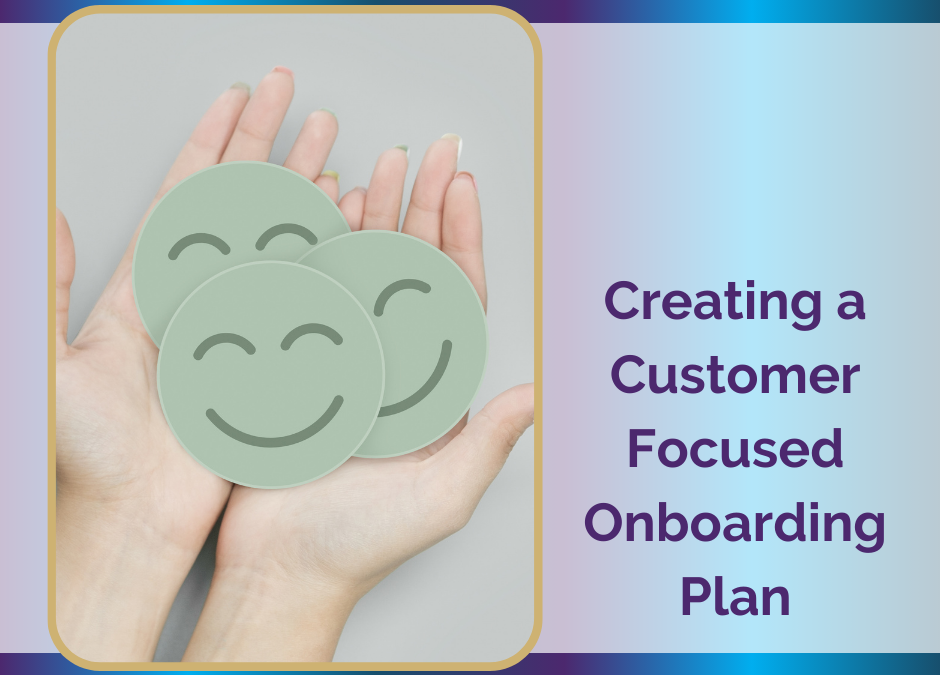Creating a Customer Focused Onboarding Plan is essential for any business striving to provide a seamless and satisfying experience for new users or customers. When is a better time to create or review your client onboarding journey then at the beginning of a New Year! To help you, here’s my guide on how to break down and construct a customer-centric onboarding strategy:
Map Out the Customer Journey by plotting out the steps a customer takes from the point of first interaction to becoming a regular or return customer. Identify touch points, pain points, and opportunities for engagement throughout this journey.
Define and Set Clear Onboarding Goals by determining the key performance indicators (KPIs) or success metrics that indicate successful onboarding. This might include completion rates or customer satisfaction scores (by sending surveys or having a conversation during and/or after initial onboarding). Establish what success looks like for your onboarding process. It might involve familiarising users with your product, enhancing their understanding, and ensuring they achieve their desired outcomes efficiently.
Personalisation is key when creating your Onboarding Plan by tailoring the onboarding experience based on user personas (there are many names for this – ideal client, client avatar, customer profile etc.,) and their journey stage. Personalisation enhances engagement and retention as you speak directly to the market and their specific pain points (the reason why they have engaged with you and your business).
Keep the onboarding process simple and straightforward. Present information in digestible chunks, avoiding overwhelming users with excessive details. Utilise various channels (emails, tutorials, videos, etc.) to engage users at different touchpoints in their journey. Multi-channel onboarding ensures accessibility and accommodates user learning preferences.
Implement Interactive Learning by incorporating elements such as quizzes, walkthroughs, or live chat support to engage users actively and help them familiarise themselves with your product or service.
Testing and Optimisation is crucial so ensure you collect feedback from users at various stages of onboarding. Analyse this feedback to identify pain points or areas needing improvement. Experiment with different onboarding approaches or elements to optimise the process continually.
To foster Long-Term Engagement, offer ongoing support and resources beyond the initial onboarding phase. This might include knowledge bases, webinars, or a Facebook group/community to help users further explore and utilise your product/service.
Implement Engagement Campaigns aimed at re-engaging users who might be inactive. Targeted messages or special offers can reignite their interest and keep them connected.
A customer-focused onboarding plan is a dynamic process that requires continuous evaluation and adaptation. By understanding your customers, setting clear goals, crafting a personalised and streamlined onboarding experience, and consistently optimising based on feedback, you can create an onboarding process that not only introduces users to your product but also sets the stage for long-term satisfaction and loyalty.

